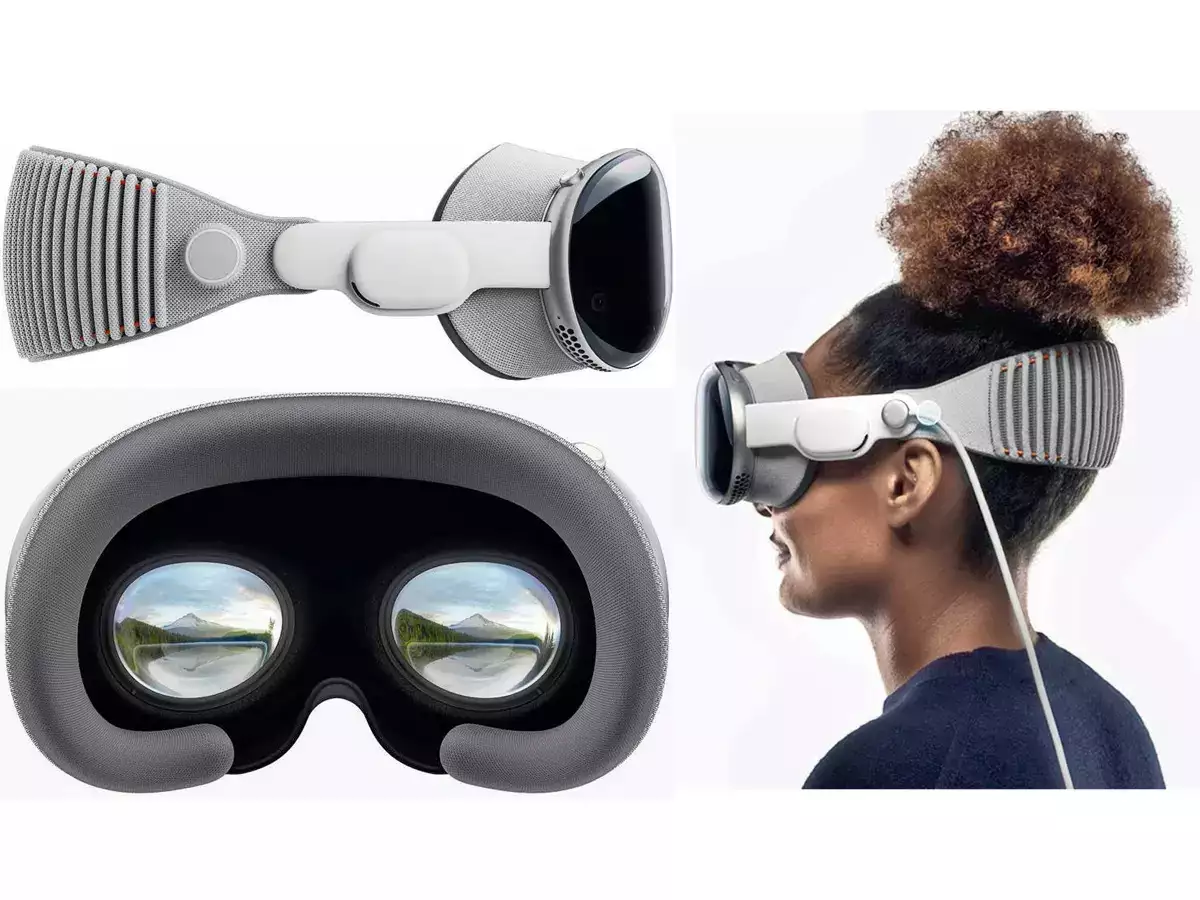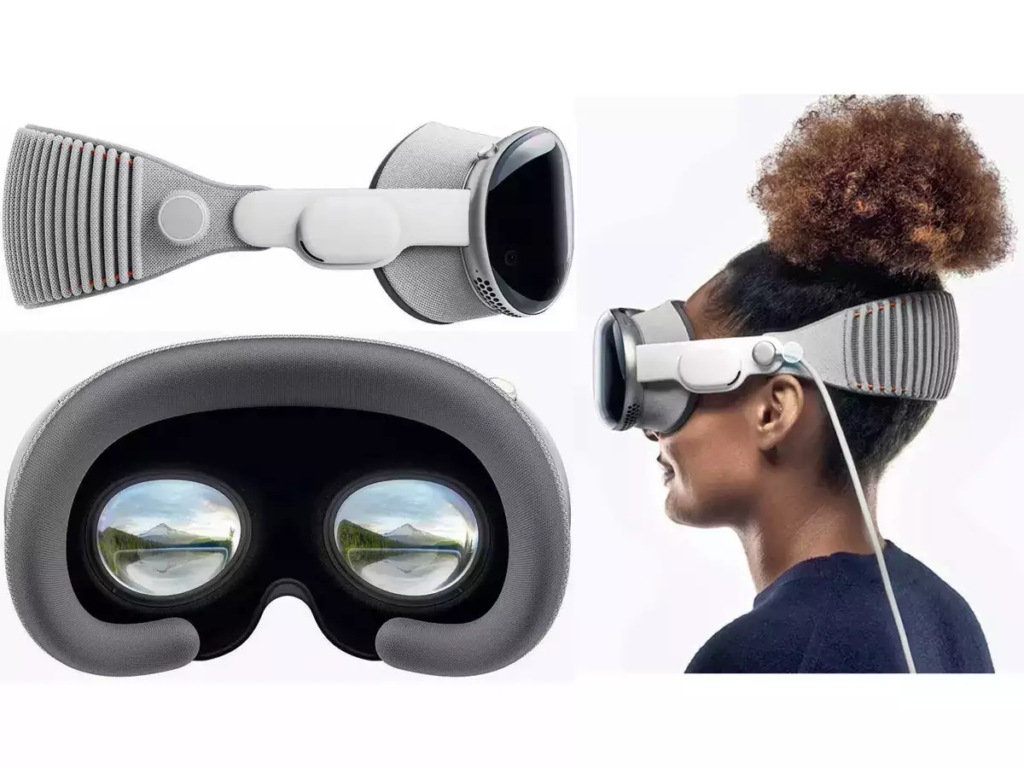In a surprising move, Netflix Inc. has decided not to launch an app for Apple Inc.’s Vision Pro headset, slated to debut on Feb. 2. This decision by the world’s leading video subscription service is seen as a notable omission for the $3,499 headset, which Apple hopes will gain traction through entertainment content. Here’s a closer look at the situation and its potential implications.
While Apple is positioning the Vision Pro as a high-end entertainment device, Netflix’s refusal to support it with a dedicated app is raising eyebrows. Instead of creating a Vision Pro app or adapting its existing iPad app, Netflix suggests users enjoy its content on the web browser, a move that might inconvenience users and limit accessibility.
Vision Pro App Ecosystem: A Dual Approach

The Vision Pro is designed to run two types of apps: those specifically crafted for its interface and existing iPad applications. Apple aims to make it seamless for developers to transition their current iPad apps to the Vision Pro platform. However, Netflix’s unwillingness to even support the iPad approach indicates a cautious stance, perhaps adopting a wait-and-see strategy.
Netflix's Change of Heart
Interestingly, this decision contradicts Netflix’s statement in July, where it expressed plans to support its iPad app on the Vision Pro. While the streaming giant emphasizes users can access Netflix through the web browser, the lack of app support may restrict functionality, such as offline viewing and custom streaming environments.
As both Apple and Netflix vie for subscribers in the streaming industry, this move raises questions about the dynamics between the two giants. Apple, a relatively smaller player with less than 10% of the US market, is banking on Vision Pro’s success to compete with Netflix. The absence of a dedicated Netflix app might be a strategic choice to avoid aiding a rival in the highly competitive streaming landscape.
Impact on Users: Accessibility and Immersive Experience
Without a dedicated app, Vision Pro users may find it challenging to access Netflix content seamlessly, especially when offline. The absence of specialized immersive backdrops also limits the viewing experience, potentially affecting the headset’s appeal to avid Netflix watchers.
In conclusion, Netflix’s decision not to launch an app for Apple’s Vision Pro introduces a layer of complexity to the headset’s market entry. Whether this move is a strategic calculation or a missed opportunity, its impact on the user experience and the competitive landscape remains to be seen. As Apple gears up for preorders, the absence of a Netflix app could be a significant factor for potential buyers weighing their entertainment options.

I am a law graduate from NLU Lucknow. I have a flair for creative writing and hence in my free time work as a freelance content writer.
